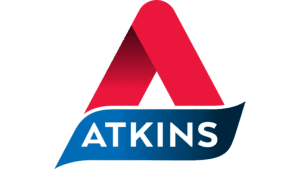Discover top-tier candidates with ease. Quickly reach active, engaged candidates on Monster and CareerBuilder’s site, mobile and extensive partner network.*
Pick a monthly budget that fits your hiring needs and with Pro, use your credits to promote your job or search our expansive resume database.
Easily post a job and expand your reach to active candidates. Our process is quick but effective, with tips and tricks to help you create a powerful job posting along the way.














